It is Mother’s Day – a holiday – and so we will take a holiday field trip, a relatively new Quirky Berkeley tradition. Part 2 of the Marcia Donahue-led Quirky Berkeley Field Trip to San Jose was seeing the garden and home of Cevan Forristt. He doesn’t live far from Ted Fullwood.
His is an unpretentious block.
Get the picture?
So, though, in the middle of this, is this:
Unexpected! Not the picture that we just got. As William Tager said to Dan Rather in 1986, “What’s the frequency, Kenneth?”
This is the garden and home of Cevan (hard “C”) Forristt.
“Landscape Designer” is one way to describe Cevan Forristt. It is accurate – he has been doing this for a long time. He designs incredible, high-end gardens. He has a crew working for him all year.
On the other hand, it is a little misleading on account of he is so much more than anything that two words can describe. Here is what Marcia Donahue says about Cevan: “I want to be as much like Cevan as I can.” Need I say more?
The dragon is a naga, a serpent deity in Hindu and Buddhist mythology. The fruit is Buddha’s hand, citrus medica, variety sarcodactylis, It is a citron variety, with the fruit segmented into fingers. It is orange. Forristt is all about yellow and orange and red. Throughout the garden are small chili pepper plants and persimmon trees and red-orange-yellow foliage.
Let’s look at his garden and then come back to words:
Forristt made this shard planter. Marcia Donahue has one in her Berkeley garden.
Jesus! Buddha! My goodness!
Forklift required. Amazing.
At first it was all just a little overwhelming. I then embraced the Ken Kesey and Merry Prankster “go with the flow” ethos and just calmed down and, well, went with the flow. Lots of stone. Orange and red and yellow flowers and fruit and peppers. Forristt’s art. Buddhist iconography. Lots of landscape architecture
Where the first Asian influence?
Forristt grew up in Menlo Park. In 4th grade, he got hip to Asian culture. Japanese neighbors, the Takioko’s, let the neighborhood children paint on the walls. When some child’s genius artwork emerged, mother Takioko would shout STOP and work on recreating what they had created.
Funny how a little thing when you are 9 years old launches your life.
Forristt travels to Asia often. All over. He buys things and brings them home. He loves Asia and her culture and art.
His garden is part and parcel of his landscape design business. He doesn’t create plans for his gardens, just a profile. If he feels that one of his pieces belongs in the garden that he is creating, he gifts it – to the garden, not the people.
At the rear of the garden is a guest house / studio / tea house. Hang on – it’s really something.
The lights behind the icons are called haloes.
They are Burmese. Love them! Forristt brought them from Burma.
What can possibly top this?
Of course I know the answer. Forristt’s house.
My mother (happy Mother’s Day – it’s been 18 years – you are remembered!) first saw the Santa Clara Valley in the early 1940s when she was getting her Master’s degree at Mills College.
This postcard is more or less what she described. Paradise.
Now, not so much. We of the Real Bay Area can be a little snooty about San Jose. A big city???? Preposterous.
I have an evolving opinion of San Jose.
In 2015, my partner Catherine MacNeal – Happy Mother’s Day! – was in the final production of San Jose Rep, “The Big Meal” by Dan LeFranc. My several trips there with Charlotte and Rosalie to see the play got me thinking.
And now Cevan Forristt and Ted Fullwood. And seeing the ceramic workshop at San Jose State.
My opinion of San Jose is trending up.
Forristt – holy mackerel. I can see why Marcia Donahue has such a high opinion of him and his work. Holy mackerel.
I showed the photos to my friend. “We GOTTA go here!”
“We could visit Cevan and then maybe lunch at the Falafel Drive-In?” Sure. How would he sum up the photos?


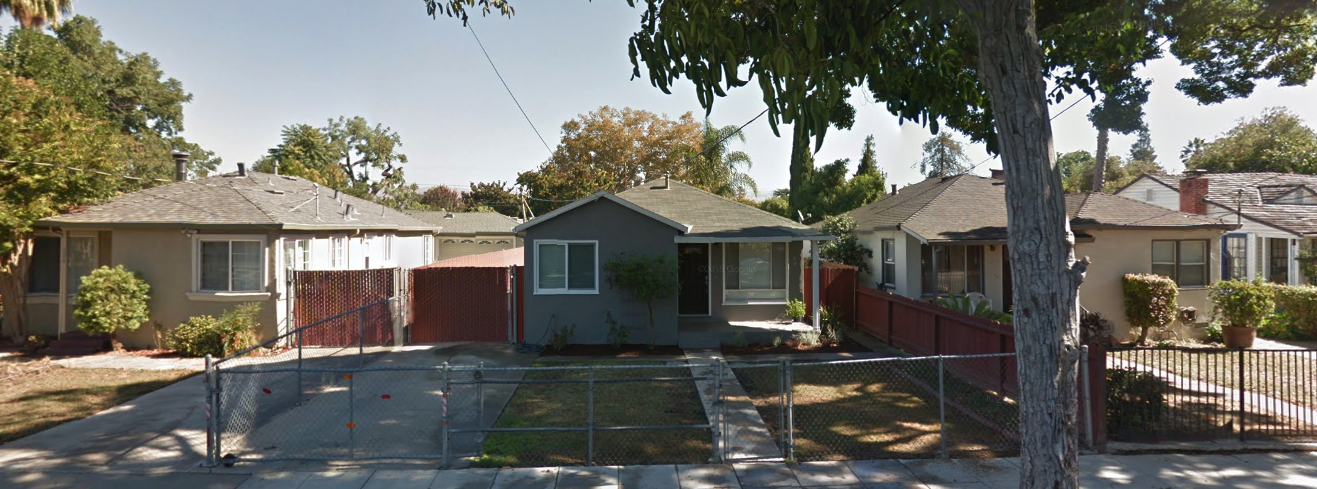








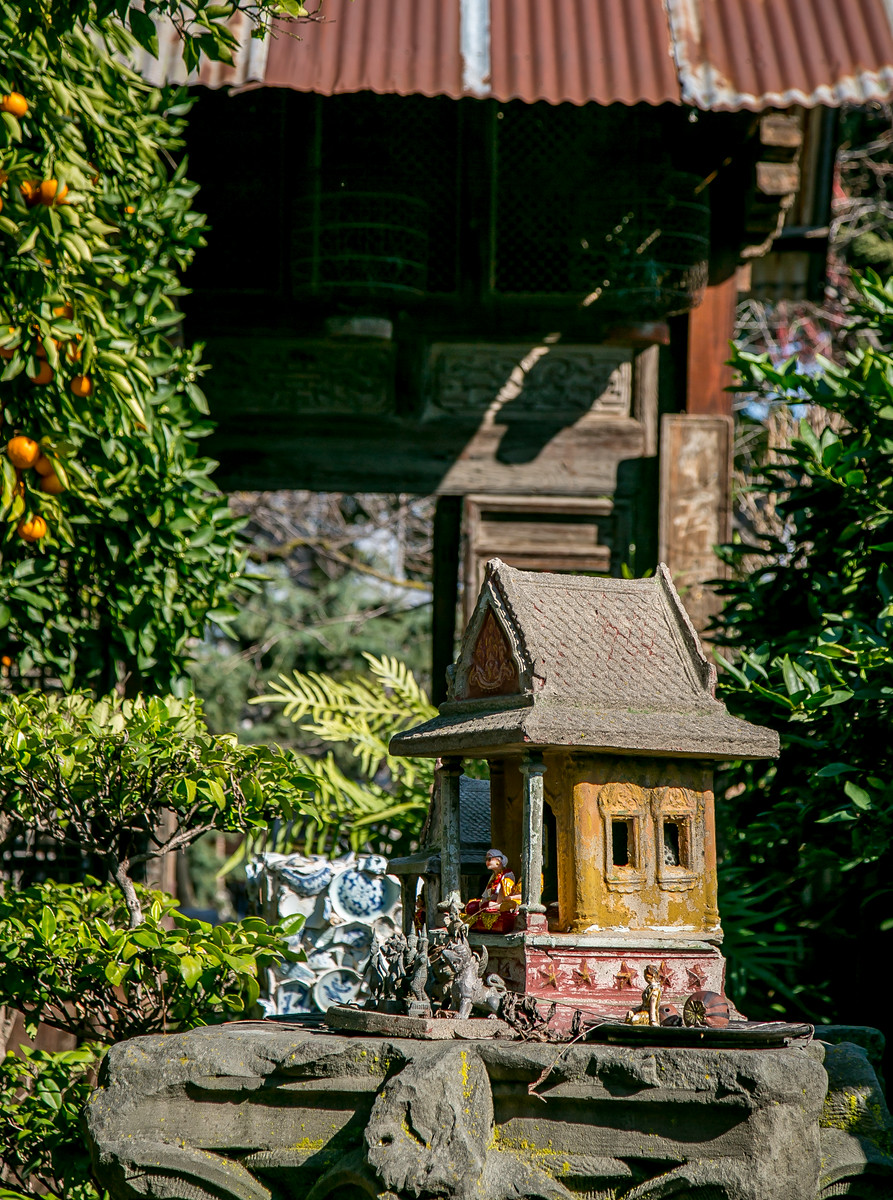





















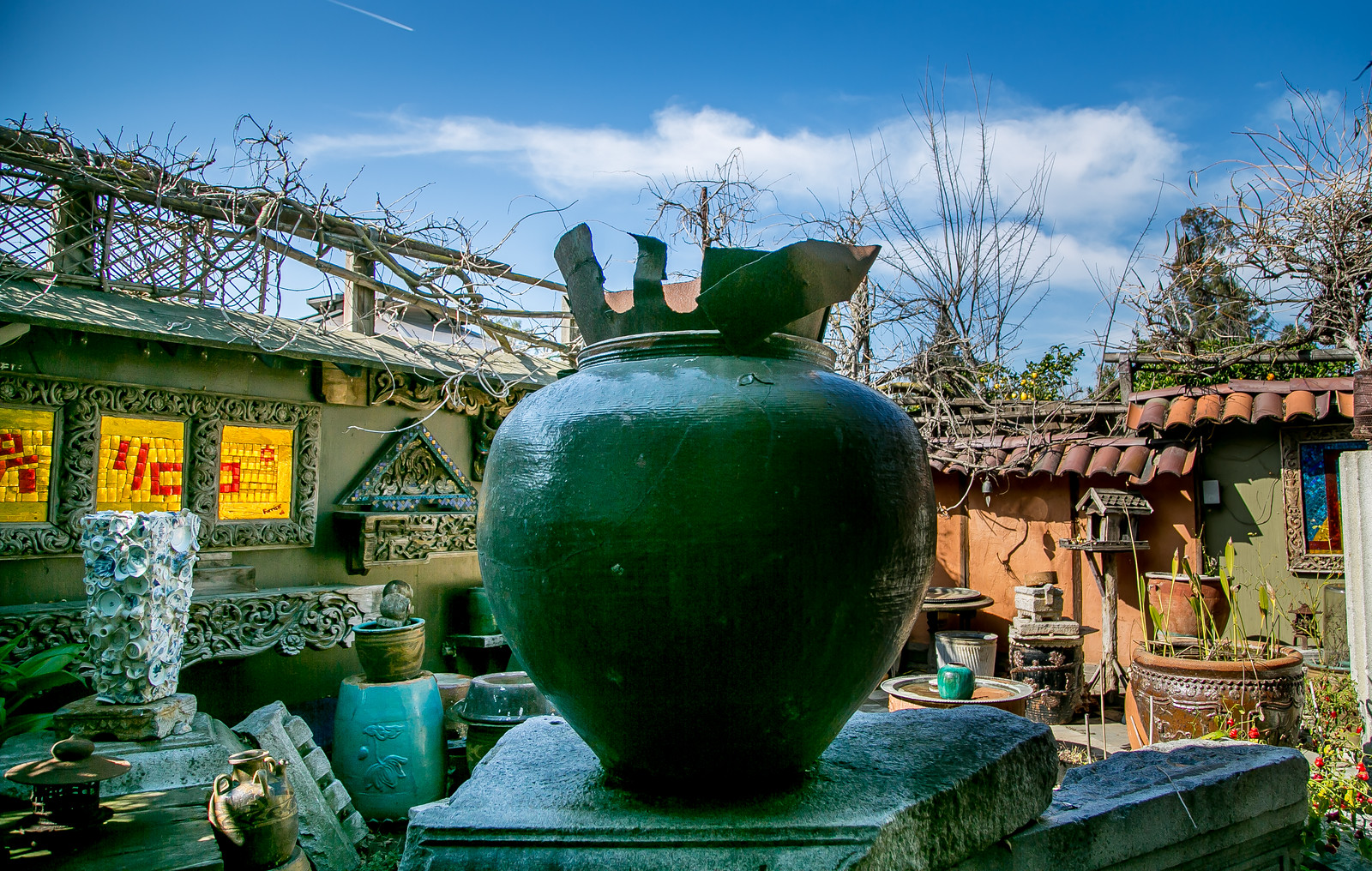





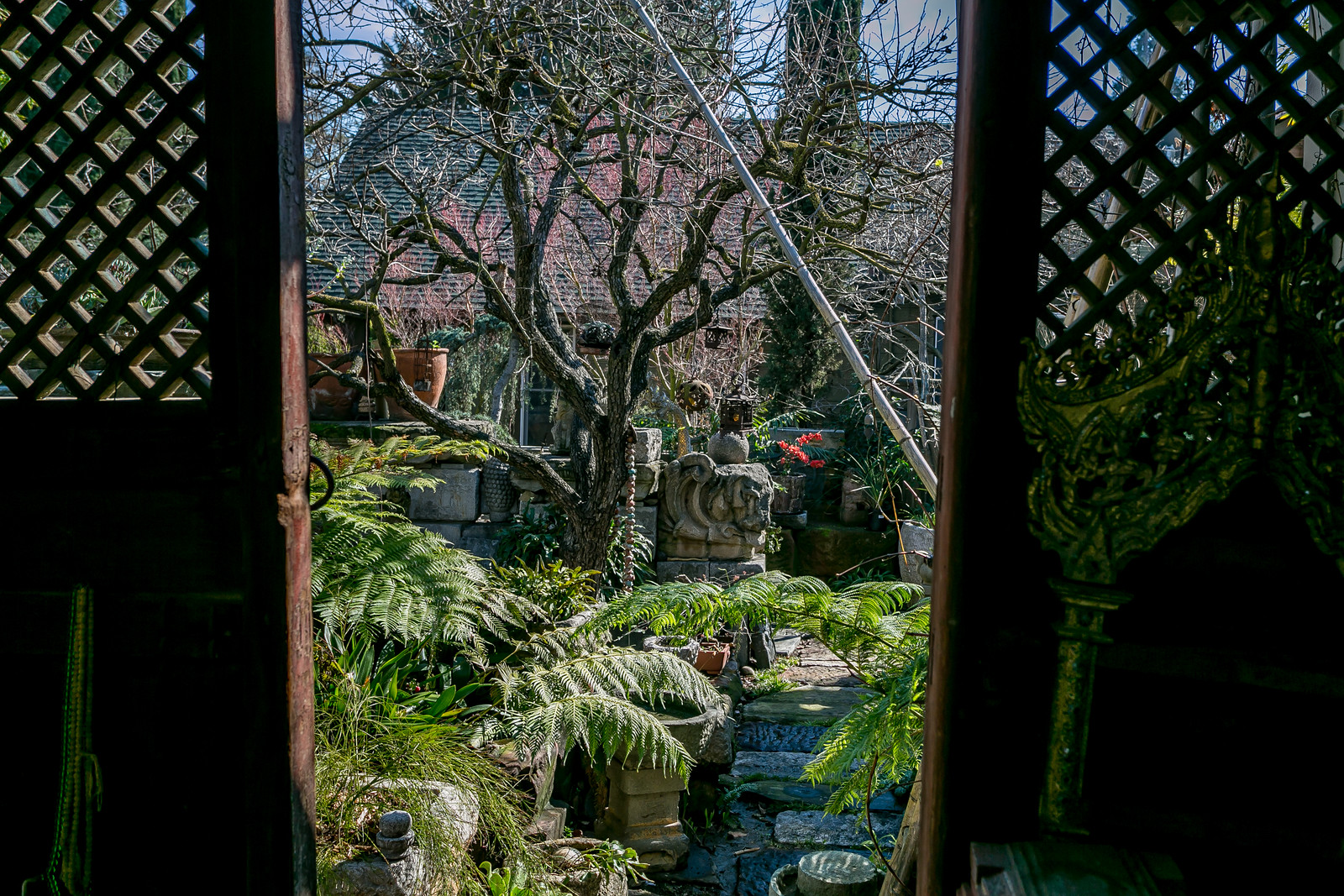

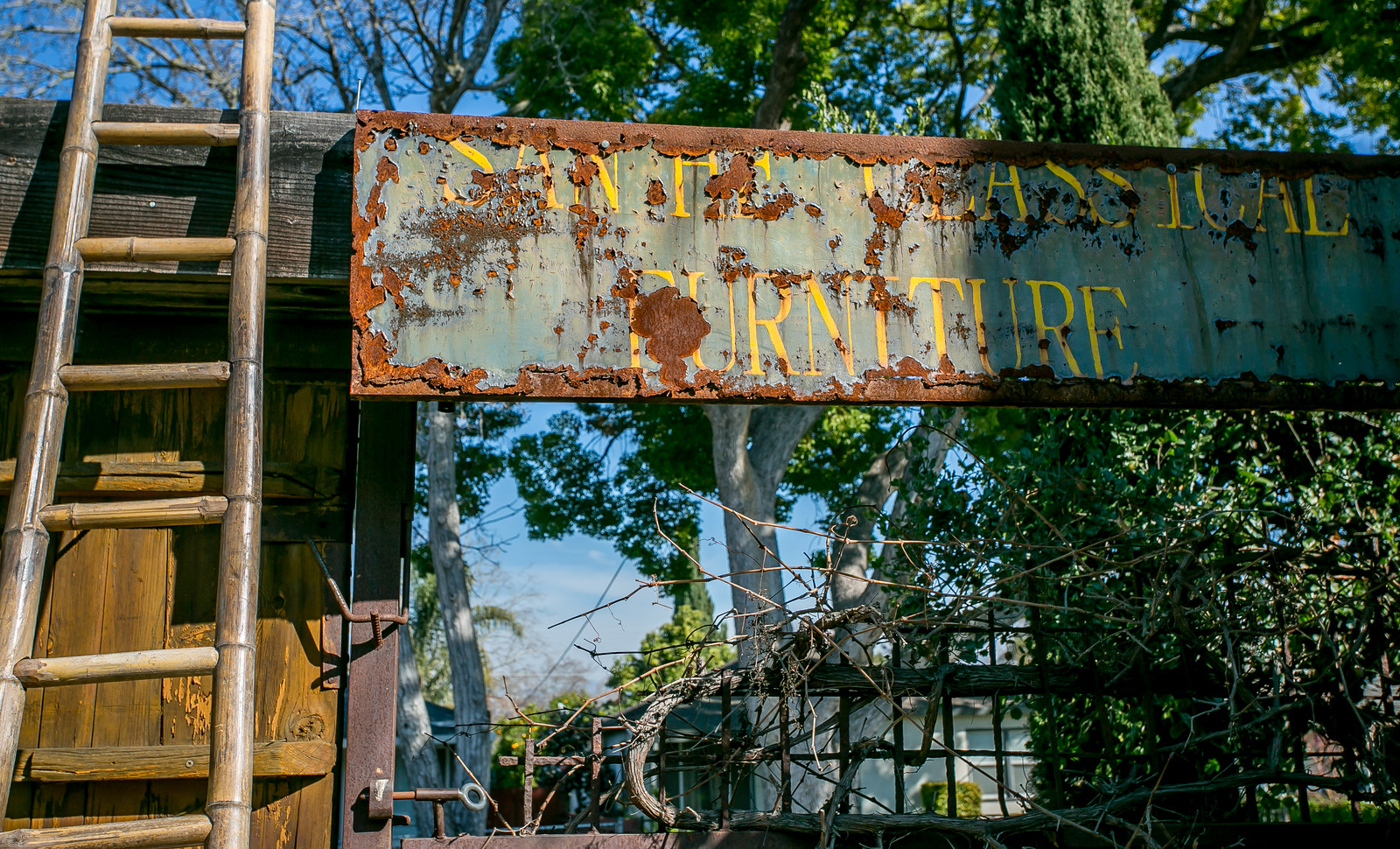







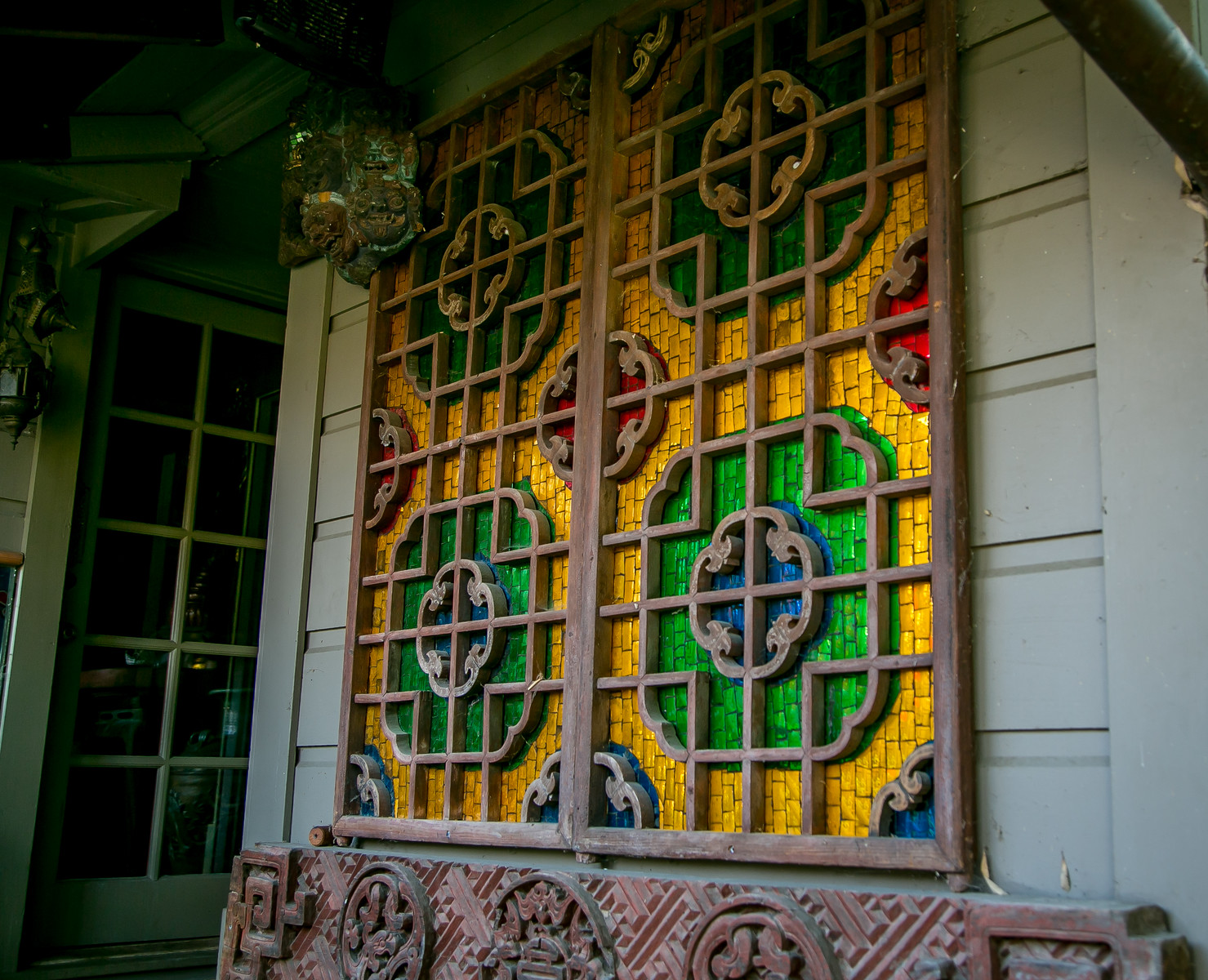







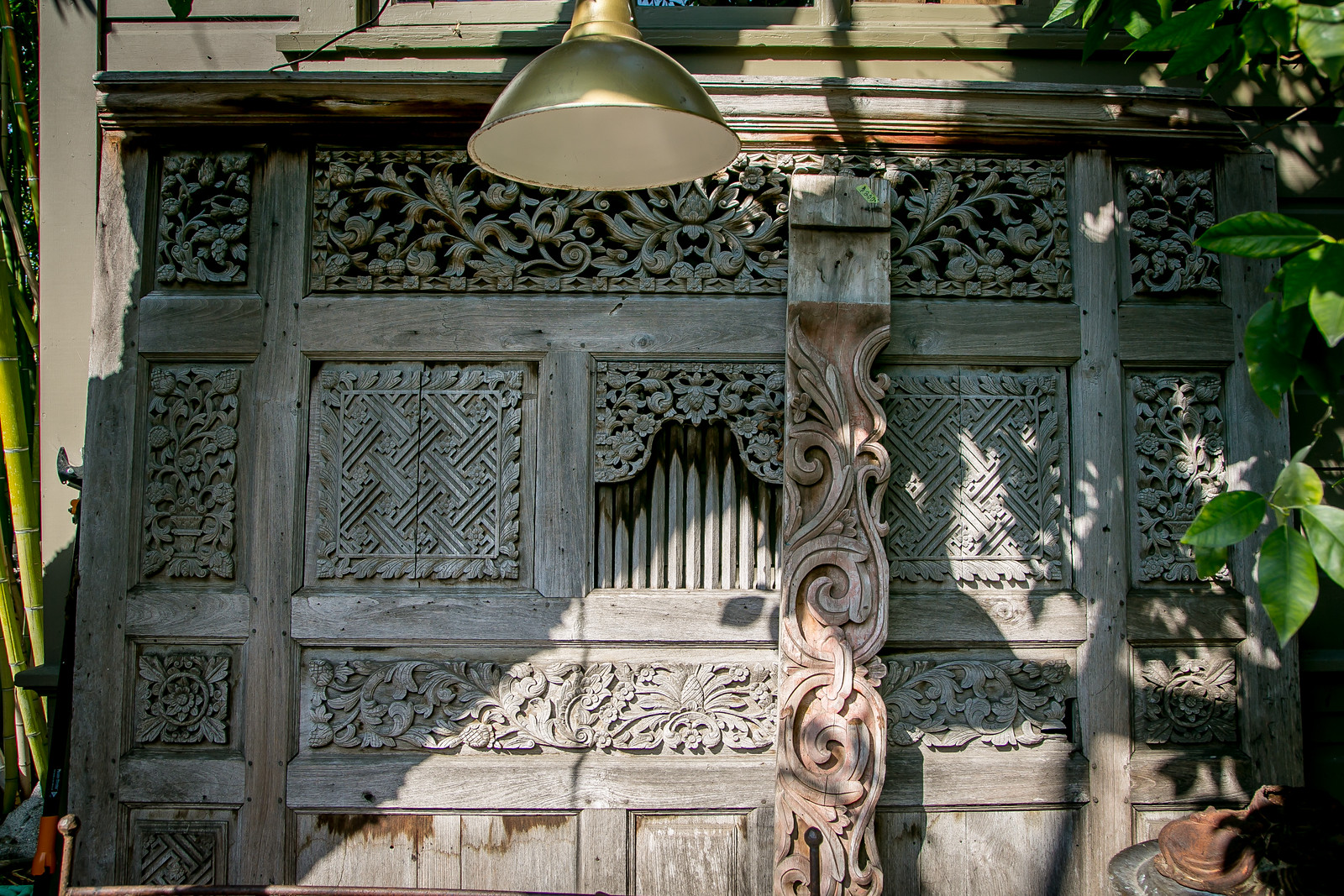













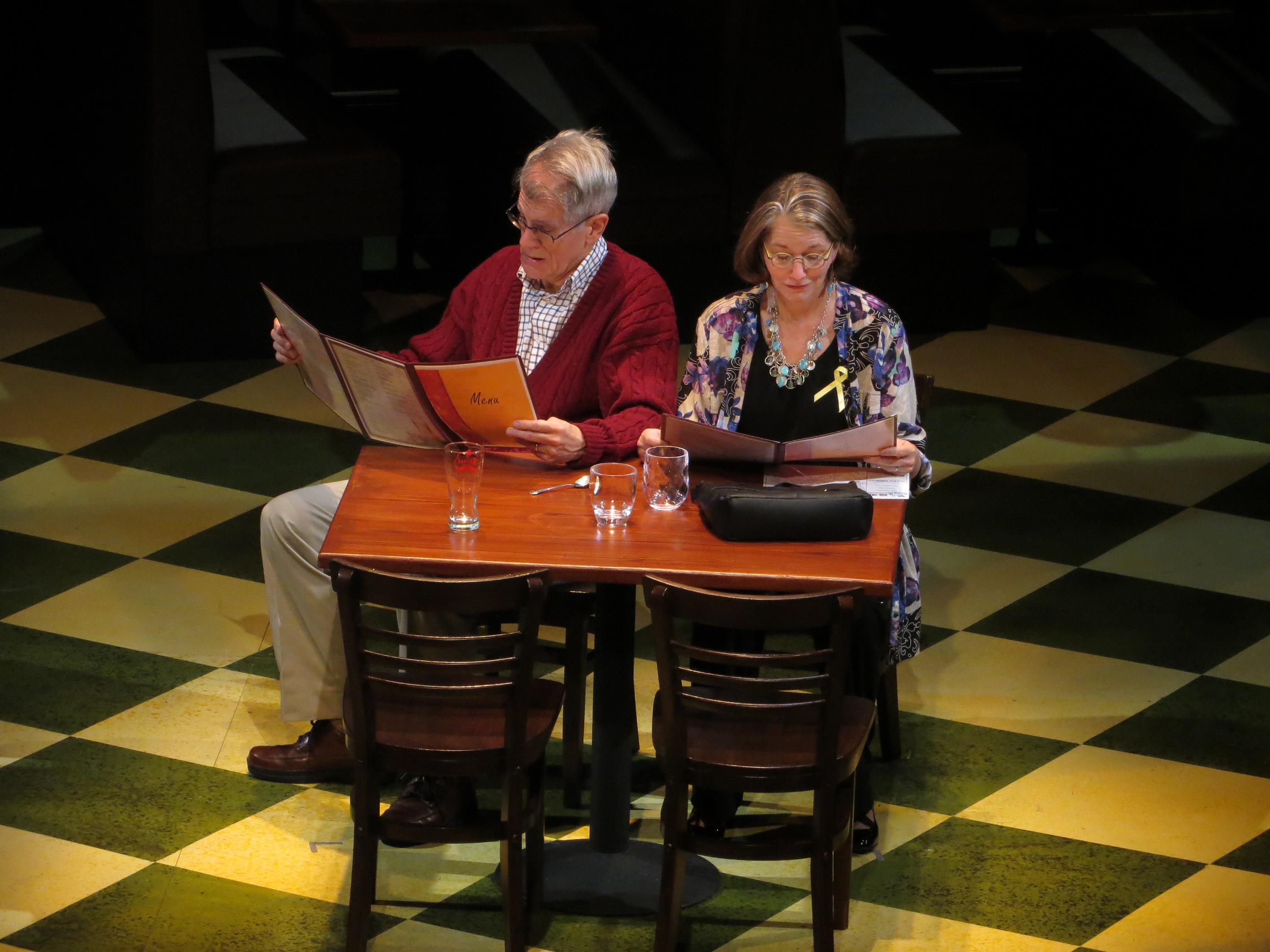


Man ! either we have to import him to Berkeley or perhaps I can a second home in San Jose, I agree, I’m getting rid of my snooty attitude.
I looked up the definition of Shangri-La! ” An idyllic hideaway.” That’s it. I found it! Also: “a remote beautiful imaginary place where life approaches perfection.”
Rahner on Grace
I am intrigued. Do you have anything more to say about Rahner on Grace or do we have to do the work?